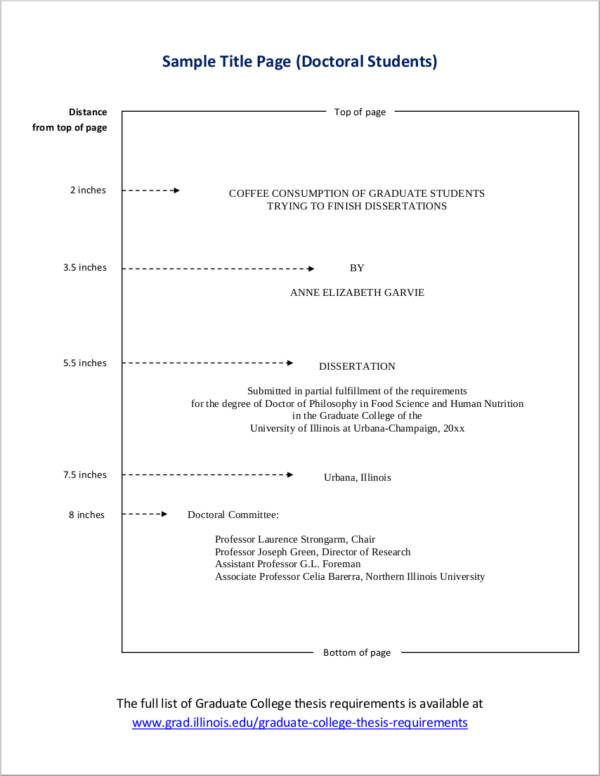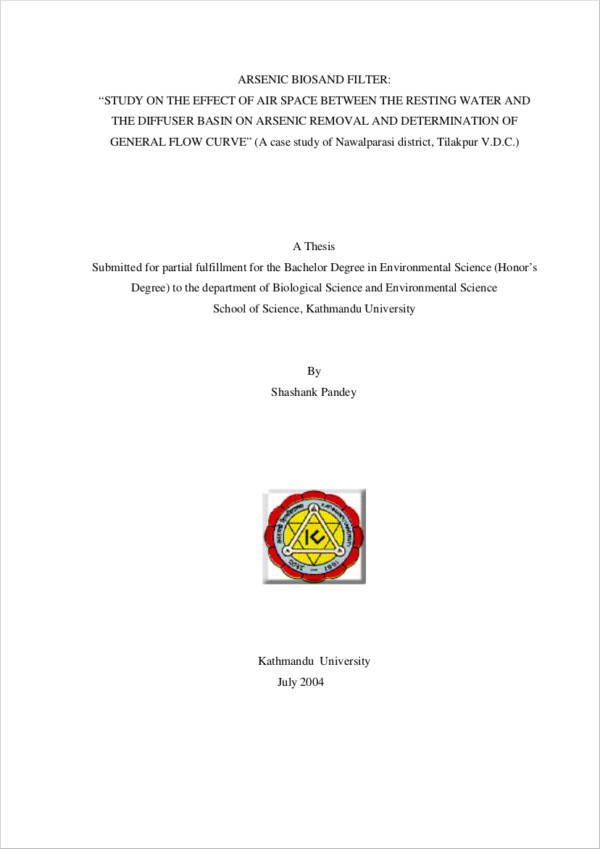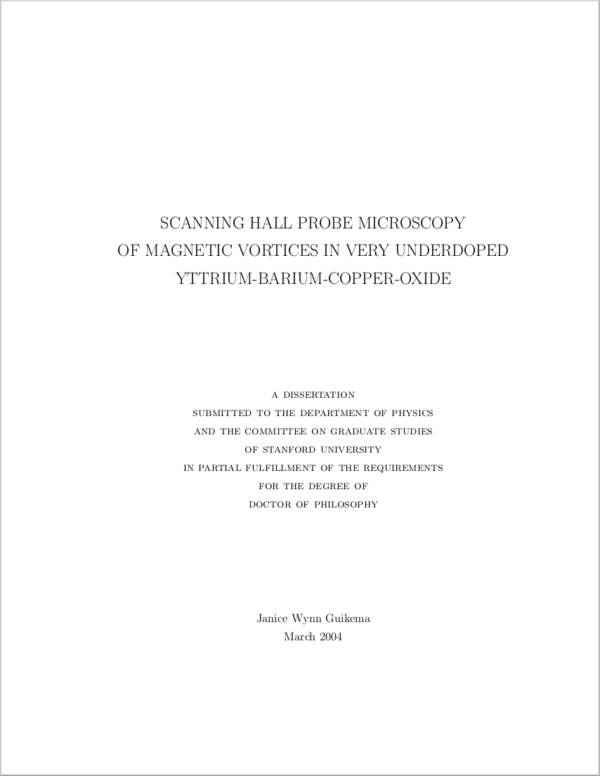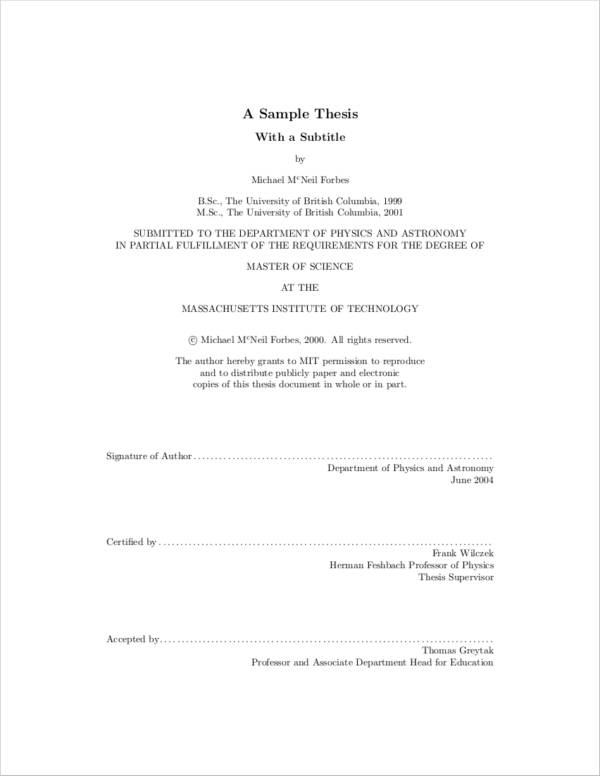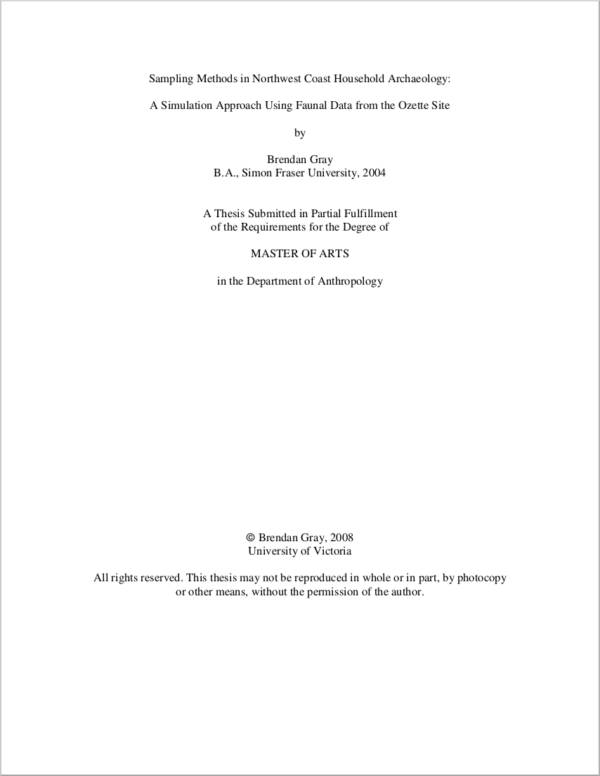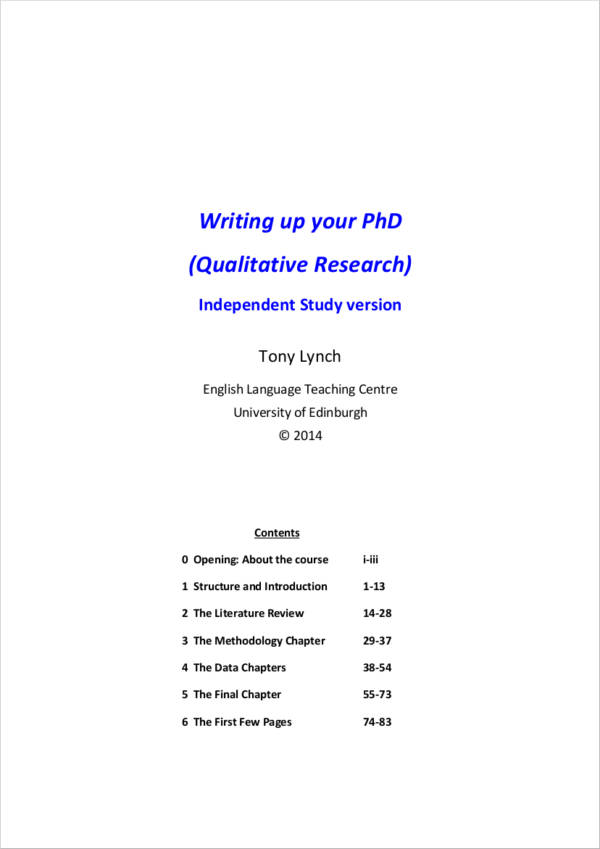Thesis writing is the epitome of being a college or university student. It is the last and most challenging paper you will ever write before you say adieu to your beloved alma mater. It comes with a lot of challenges and sleepless nights, and not to mention the countless revisions you have to do over and over for the same chapter. It will definitely take its toll on you but when the time comes that your professor says, “Okay,” you will definitely feel alive and satisfied! All the hard work you have put in has finally paid off!
- Free Writing Samples
- Writing Templates
If you are in your senior year of college and you need a guide to writing a research paper, we are your helping hand! We would like to give you a few tips on how you can effectively write your thesis paper. We will not promise that you will not shed any tears while writing your paper, but we will do our best to give you a guide that would make it a bit easier for you to know what you need to do in order to lessen the revisions. We also have a few research paper samples for you to use as a reference. Are you ready? Just keep reading!
Thesis Proposal Template

Sample Thesis Pages
Bachelor’s Degree Sample Thesis
University Thesis Writing Sample
How to Write Your Thesis
In this part of the paper, we would like to give you a breakdown of what a thesis structure looks like and briefly explain to you what is included in each part. This way, you would know what you need to write for each section. Ready?
1. The Title Page
This is the very first page of your thesis paper. This is where the title and subtitles will be found. You will also find the following:
- Author of the thesis
- Department
- Submission date
- Mentors and adviser with contact information
You can find more suggestions regarding research title pages at Sample Cover Pages for Research Paper.
2. Abstract
The abstract of your thesis paper is a short paragraph that explains what the paper is all about. Basically, it is a summary of the outcome of the research and what has been the scope and limitations of the research and who can benefit from your research.
A good abstract is about 400 words in length and is compressed to about one to two (1–2) paragraphs. It makes use of simple language, conciseness, and highly readable content. There is no need for you to include citations in an abstract.
To make it easier for you to know what you need to include in your abstract, check out these guide questions:
- What did you do for your research?
- Why did you choose your research topic? What are you trying to find out?
- What were the methods that you have undertaken to achieve your results?
- What were the results of your research? Were you successful or is there a need to do further research?
- What is the implication of your research? Who will benefit from the conducted study?
An abstract may be found in the earlier part of a finished thesis paper. However, it is usually the last one written as this part would discuss results that would come at a later part of your research journey. You can find more tips at How to Write an Abstract for a Research Paper.
3. Table of Contents
Your research probably ends up being very long. This is because you would have a lot of references and other citations, plus the figures and graphics from some of the results. To make it easy for your reader to refer to specific parts of your research, a table of contents would definitely be of great help. A table of contents would have the following:
- Headings
- Subheadings
- Page numbers of the headings and subheadings
Subheadings are typically indented to show that it is a topic being discussed within the premises of the heading. You can check out Free Table of Contents Templates for more reference.
4. List of Figures
The List of Figures is usually found in the Table of Contents. This will be a list of the figures—graphs, illustrations, and infographics—and the corresponding pages where these figures can be found.
5. List of Tables
Your research will have a few tables within it. A List of Tables will be a list of all the tables that can be found within the research paper. This will list down the titles of the tables and their corresponding page numbers as well.
6. Introduction
Your research paper’s introduction should be catchy enough to make the reader go through the rest of the paper. Just like your abstract, you should consider writing the introduction of your paper after you have completed your paper. You will never be able to write a good introduction for your paper if you do not wait until the end.
Your introduction will also cite previous researches that you have based your paper on. After citing these, you should also let the reader know why you chose your paper’s topic based on the previous researches and why you deem for the research to continue.
To give you a good guide to what you should include in your research paper, take a look at this guide:
- The statement of the goal or the reason why you have written the paper. Make sure to not repeat what is in your abstract. More references can be found at Sample Goal Statements.
- A detailed background information about the importance and context of the main question you are trying to answer.
- Proper citation or acknowledgment of the previous work that you have based your research on.
- Your introduction will work around what you are trying to answer. Make sure that all the citations that you include are considered to be relevant to what you are trying to achieve through your paper.
- Let the reader know what the scope of your work is. Let them know what is included and what Is the limitation that your research has.
- Give the reader a quick explanation of what they should be expecting from your paper. Basically a road map of what lies ahead.
Make sure to break up your introduction into segments to make it easier for your audience to understand what you are trying to let them know.
7. Methodology
This is the chapter of your paper where you will explain what are the steps that you have undertaken in order to come up with the results. What you will usually find in the methods section are the following:
- Basic information that will support the validity of the results.
- Detailed information that will help the reader or future researchers duplicate what you have done.
- Details about the materials you have used, the complete procedure, and the theories you have applied.
- The limitations and any assumptions you have made to come up with valid results.
- A description of the methods you have made as well as calculating applications that you have used.
8. Results
This chapter of your thesis will explain what the results of your methodology are. This is where you will explain what you have observed from the results including figures and the statistics you have gathered. You will mention whether the results are positive or negative. However, you need not explain the results just yet. Make sure you state the results early in the beginning of the paragraph. You should also describe the nature of your findings but do not explain whether the results are significant.
9. Discussion of Results
Summarize your results by stating it in the first sentence of your paragraph for this chapter. Give a discussion of the patterns that were observed and what are the relationships that you have figured out. Explain what caused the results to be so and if it is in line with the results of the previous work. Give an explanation as to what the implication of the results is in the present, the past, as well as the future researches. Make sure that you also include any evidence that will help to support the results and the interpretation of your results. Lastly, explain in detail why the results are significant and why the reader/audience should care.
10. Conclusions
- Mention the most important statement that you can say with regards to the observation made by the results.
- Mention a statement that you think will be most memorable about your research.
- Restate the problem and state what the conclusions are based on what has been investigated, observations, interpretations, and insights from your research.
- Include any implications brought about by this current research.
11. Recommendations
This is the chapter of your research where you will give suggestion with regards to future researches that are based on your new findings. This will help to fill in any gaps. You can also give suggestions on how they can fill in the gaps for the limitations that you currently have with your research. You can also discuss any related topics that future researchers may use for their research.
12. Acknowledgments
Your research would not have been possible if not for the help of specific people, organizations, and groups. You may mention your advisers and other people who have helped you acquire the research materials that you would need for your research.
13. References
Make sure that you appropriately acknowledge the work of others that you have used for your paper. You can either use APA, MLA, or Chicago style of citation depending on what is preferred by your adviser. Make sure that you mention all of the references that you have used.
Need more information about APA research papers? Check out How to Write a Paper in APA Format.
14. Appendix
This is the chapter that will contain all the data of your research. This will include the following:
- Tables
- Graphs
- Photographs
- Figures
- Calculations
- Equipment
Make sure that you also include the captions for these if there are any.
Adding the Final Touches to Your Thesis
Your thesis needs to be complete and needs to be polished before you submit it to your adviser and before you start defending it. Here are a few ways to how you can do so.
- Read your thesis a couple of times.
- Spell-check is important. Your word document editor may not be able to catch spell-checks all the time.
- Check whether your sentences are complete. Check if the punctuation marks you have are correct and if there are no missing words in your sentences.
- Check the grammar of your paper and ensure there is consistency between the sentences.
- Have others read it. This way, someone else will be able to check any misspellings and grammatical errors you might have missed.
- Ensure that you are not repeating anything and that every sentence in your thesis is relevant to the problem at hand.
- Avoid double negatives.
- Quantifiable concepts must be discussed with quantifiable adjectives rather than with qualitative ones.
- Never use jargon, acronyms, or terms that are too technical.
- Tabulate anything that would be best explained in tables. Do the same with information that can be graphed.
- Ensure that all or most of the figures that you have will have captions.
Need more tips for writing your research paper? Make sure you read How to Write an A+ Research Paper.
Sample Thesis Writing Paper
Sample Thesis Writing Rough Draft
Qualitative Thesis Writing
Master’s Degree Thesis Writing
Requirements for thesis paper will vary from study to study. It will all depend on the requirements that your adviser will ask from you. However, the thesis samples that we will be including here will give you a good glimpse of what these papers look like. We are hoping that you learned a lot. Good luck with that thesis!
Writing a research paper in a hurry? Deadline almost up? We’ve got you covered! Check out How to Write a Last-Minute Research Paper?
Related Posts
Retirement Speech Samples & Templates
Weekly Schedule Samples & Templates
Contractual Agreement Samples & Templates
FREE 9+ Amazing Sample Church Bulletin Templates in PSD | PDF
Sample Business Card Templates
Sample Cashier Job Descriptions
Questionnaire Samples
FREE 10+ Sample HR Resource Templates in PDF
FREE 10+ HR Consulting Business Plan Samples in MS Word | Google Docs | Pages | PDF
FREE 49+ Sample Job Descriptions in PDF | MS Word
FREE 16+ Nonprofit Budget Samples in PDF | MS Word | Excel | Google Docs | Google Sheets | Numbers | Pages
FREE 13+ Academic Calendar Templates in Google Docs | MS Word | Pages | PDF
FREE 10+ How to Create an Executive Summary Samples in Google Docs | MS Word | Pages | PDF
FREE 23+ Sample Event Calendar Templates in PDF | MS Word | Google Docs | Apple Pages
Company Profile Samples

